5 Ways That Birdwatching Has Changed My Life
Editor’s note: This blog originally appeared on Taylor Crisologo’s website BayAreaNaturalist.com
There are very few hobbies that I can say have changed my life for the better, and birding is at the top of that list. Here are just a few ways that birding has influenced me. I have many hobbies that have enriched my life: reading, cooking, and dancing hula all come to mind as interests that make me feel happy and fulfilled. That said, there are very few hobbies that I can say have changed my life for the better. Here are just a few ways that birding has influenced me.
1. Birdwatching taught me how to pay attention.
Birding has completely transformed my day-to-day activities by teaching me how to pay attention. While birding has allowed me to further develop my attention span, it has also taught me how to integrate nature into my day-to-day activities by simply paying attention.
Take walking from your parked car to a building as an example. Before I learned the sights and sounds of individual bird species, a walk from my car was just another task. Learning how to watch birds has flipped an irreversible switch in my mind, turning every moment outside into an opportunity to see or hear new things.
Today, even when doing something as simple as watering my plants outdoors, I passively pay attention to who’s around. Dark-eyed junco hopping underneath my gardening shelves, looking for spilled seed. House finch singing from a perch on the ornamental tree across the street. It’s an incredible gift that I’m grateful to have learned.
 Devils Slide by Taylor Crisologo
Devils Slide by Taylor Crisologo
2. Watching birds got me to spend more time outside.
I’ve always loved the outdoors, but birding has presented me with the incentive to explore as many new habitats as possible, in hopes of observing more bird diversity.
Since I’ve begun birding, I’ve traveled to habitats ranging from rocky seashores to the edges of lush agricultural fields in search of a particular species. I’ve gotten to know a diversity of places, thanks to the journeys that birdwatching has brought me on.
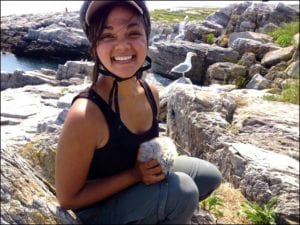 Taylor participating in Herring Gull Research
Taylor participating in Herring Gull Research
3. Birds were a gateway to learning about other incredible wildlife.
Birds, like all other life, interact with a myriad of other species in their day-to-day activities.
As an avid birdwatcher, you sometimes can’t help but wonder who else is in the picture as you’re watching a particular bird.

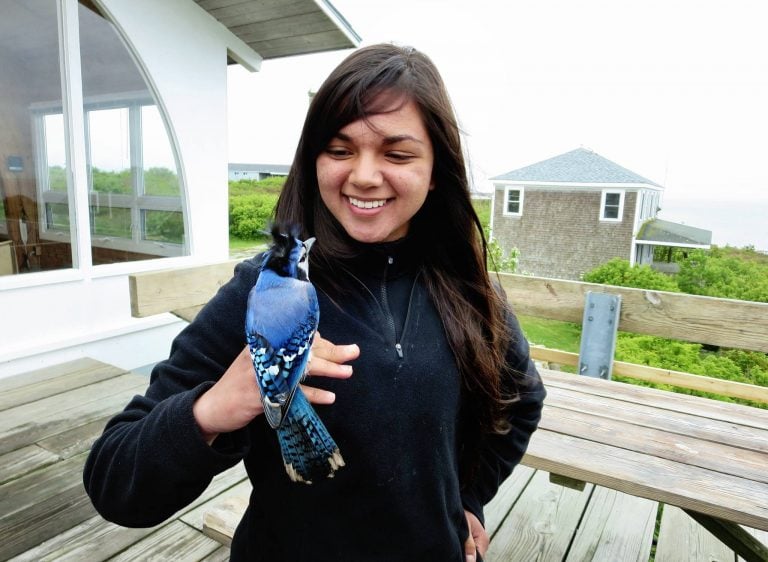

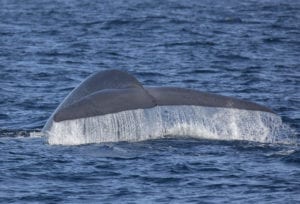 Blue Whale tail by Beth Hamel
Blue Whale tail by Beth Hamel
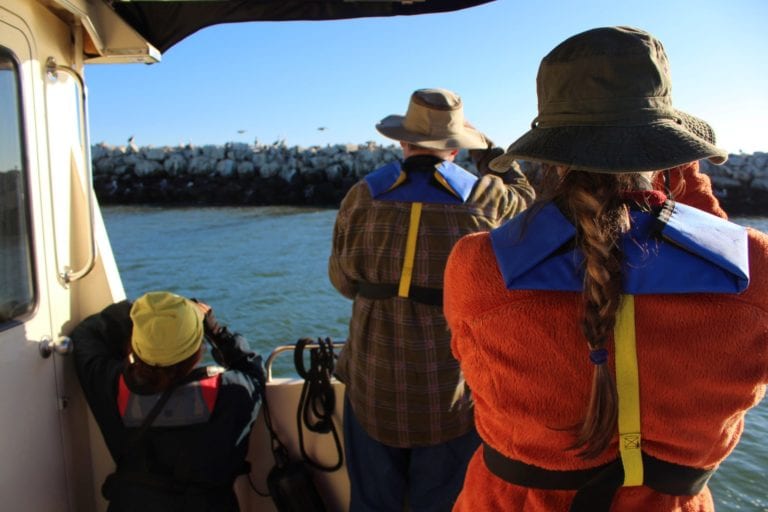
 First Light by Deborah Jacques
First Light by Deborah Jacques
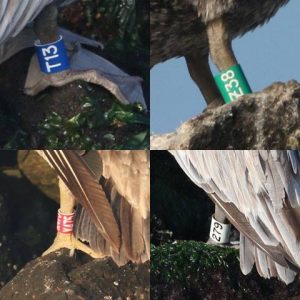 All 4 BRPE Band Programs represented at Alameda Breakwater Band Collage by Deborah Jaques
All 4 BRPE Band Programs represented at Alameda Breakwater Band Collage by Deborah Jaques
 Leora counting from shore by Deborah Jacques
Leora counting from shore by Deborah Jacques
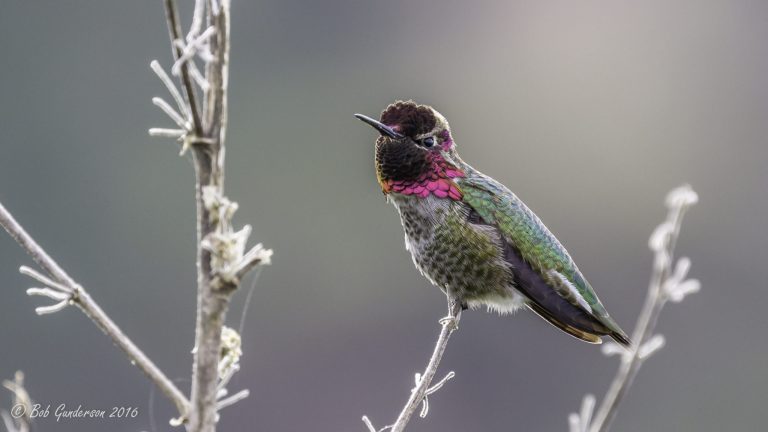
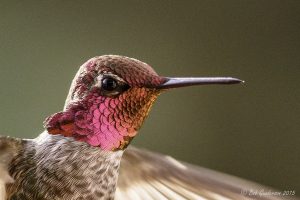 Male Anna’s Hummingbird by Bob Gunderson
Male Anna’s Hummingbird by Bob Gunderson
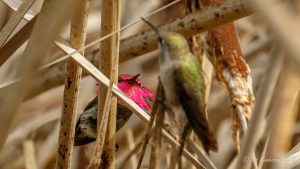 Anna’s Hummingbird pair by Bob Gunderson
Anna’s Hummingbird pair by Bob Gunderson
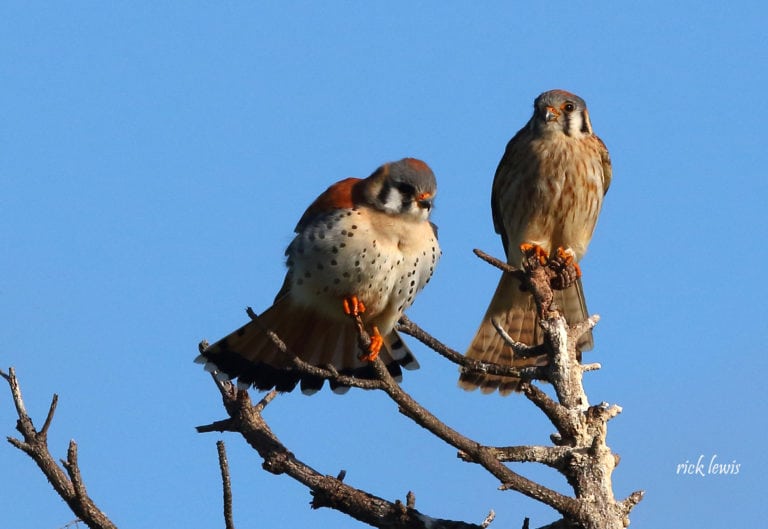
 Kestrel in flight by Rick Lewis
Kestrel in flight by Rick Lewis
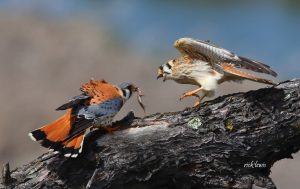 Male American Kestrel makes an offer to his mate by Rick Lewis
Male American Kestrel makes an offer to his mate by Rick Lewis